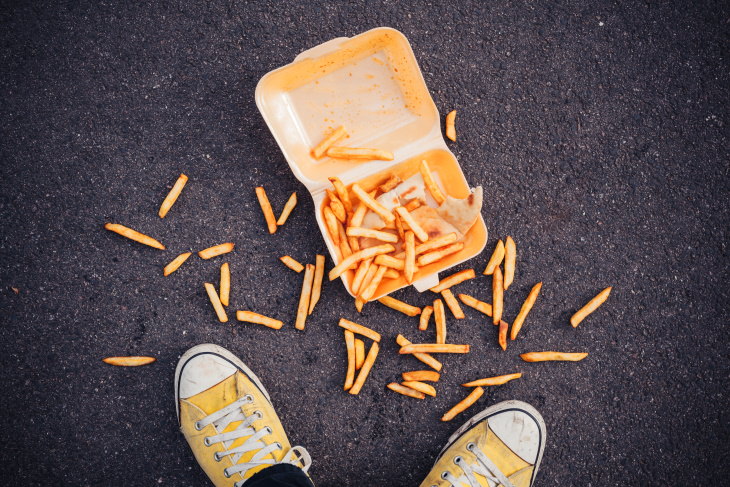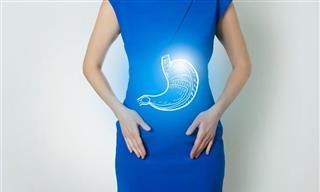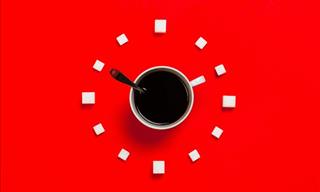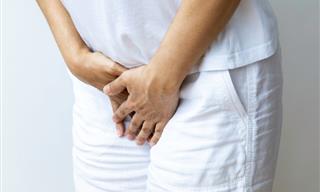When you accidentally drop a sandwich on the floor, do you throw it away or pick it up and eat it? If you believe in the 5-second rule, the 10-second rule, or whatever version of this rule you’re familiar with, you’ll probably be tempted not to waste the perfectly good sandwich. After all, germs won’t touch it if you’re quick enough…
The 5-second rule has deep historical roots that can be traced to Genghis Khan, the founder of the largest contiguous empire in the world, the Mongol Empire. But the people of the 13th century didn’t know about the existence of bacteria and other microorganisms, so their judgment of what was safe to eat is quite different from ours. Should we trust the Mongol emperor’s authority in this matter, or should we be more careful with foods that land on the floor, even if merely for a second?
There’s a group of scientists at Rutgers University in New Jersey who investigated this quite fascinating question. Discover what they found and whether or not it’s safe to consume any food dropped on the floor below.
What is the 5-second rule?

Most of us are familiar with the 5-second rule, learning about it early in our childhood. To put it simply, this rule allows you to eat a food item you dropped on the floor, as long as you’re quick and manage to collect it in less than 5 seconds. The reasoning behind the 5-second rule is straightforward - when you pick up the dropped food in just a few seconds, the germs that live on the floor don’t have enough time to jump on the food. So your slice of pizza is “safe” from contamination.
But does food contamination really work as the 5-second rule suggests?
As you may already suspect, things are more complicated than the 5-second rule implies, and time isn’t the only factor we should consider. Researchers from Rutgers University put the 5-second rule to the test, and their findings will surprise even those who always stick to the 5-second rule. In their research papers, experimenters point out that several factors influence the extent of food contamination.
First and foremost, it matters what type of food ends up on the floor: the higher the moisture content of the food, the easier it is for microorganisms to transfer onto it. In a 2016 experiment, the researchers found that watermelon - a food with very high moisture - harbored more germs than any other food they tested. Drier foods, such as bread and gummy candy picked up fewer germs, but still enough to potentially make you sick.

The type of floor in question also matters. This may surprise you, but carpets were found to have the lowest transfer rate in a 2006 study. Three floor types were examined: carpet, tile, and wood. The floor was contaminated, and two foods - bologna and bread - were dropped on the surface. The fluffy and porous surface of carpets prevented the bacteria from jumping on the foods. Hard surfaces like wood or tile steel, on the other hand, were much more conducive to contamination.
Besides potentially harmful microorganisms, a floor can also contain hair, dander, and dust, which can stick to your food and also harbor bacteria.
There is one more unknown that must be considered, namely the kinds of microorganisms waiting to hitch a ride on your apple or sandwich. You can’t know what type of bacteria or virus you, your pet, or anyone else who was in your house lately brought with them on their feet, clothes, and hair. Sure, you can clean your floor daily to keep the floor cleaner, but there’s still no safe way to sanitize the food that landed on the floor. Of course, if you’ve dropped food outdoors or in a public space, there’s no way of knowing how clean it is and what bacteria may live there, which is a big red flag.

Unfortunately, none of the conditions studied by the authors were able to prevent bacteria from invading the dropped food. Contamination can happen in a fraction of a second, no matter how clean your home is and what item is dropped. “Our research showed that in every single condition ― no matter what surface, what food, or what time ― there were always some experimental trials where we saw some bacteria transfer,” said professor Don Schaffner from the department of food science at Rutgers University, one of the scientists who has studied the 5-second rule.
Related Article: 11 Health and Nutrition Myths Debunked in the 2010's
Is it safe to eat food that landed on the floor?
Unfortunately, the 5-second rule is a complete hoax, albeit a tempting one. Choosing to pick up any food from the floor and eat it is always a gamble - no matter what it is, how long it’s been on the floor, or what surface it landed on. Remember that pathogenic bacteria can survive on a dry surface for several weeks, and any food can pick them up in an instant.
Many foodborne pathogens, such as salmonella, listeria, E. coli, staphylococcus aureus, norovirus, and others can lurk on your floor. According to the CDC, foodborne illnesses like these cause 325,000 hospitalizations and 5,000 deaths every year in the USA alone. For this reason, we urge you to discard any foods that land on the floor, especially if you’re more vulnerable to developing complications from foodborne illnesses. The most susceptible categories to such complications are kids, seniors, pregnant women, and those with a weakened immune system.
Instead of eating these potentially contaminated foods, discard them right away and wash your hands after handling them. Better safe than sorry!
Share this information with those who will find it interesting!
 Go to BabaMail
Go to BabaMail

























































